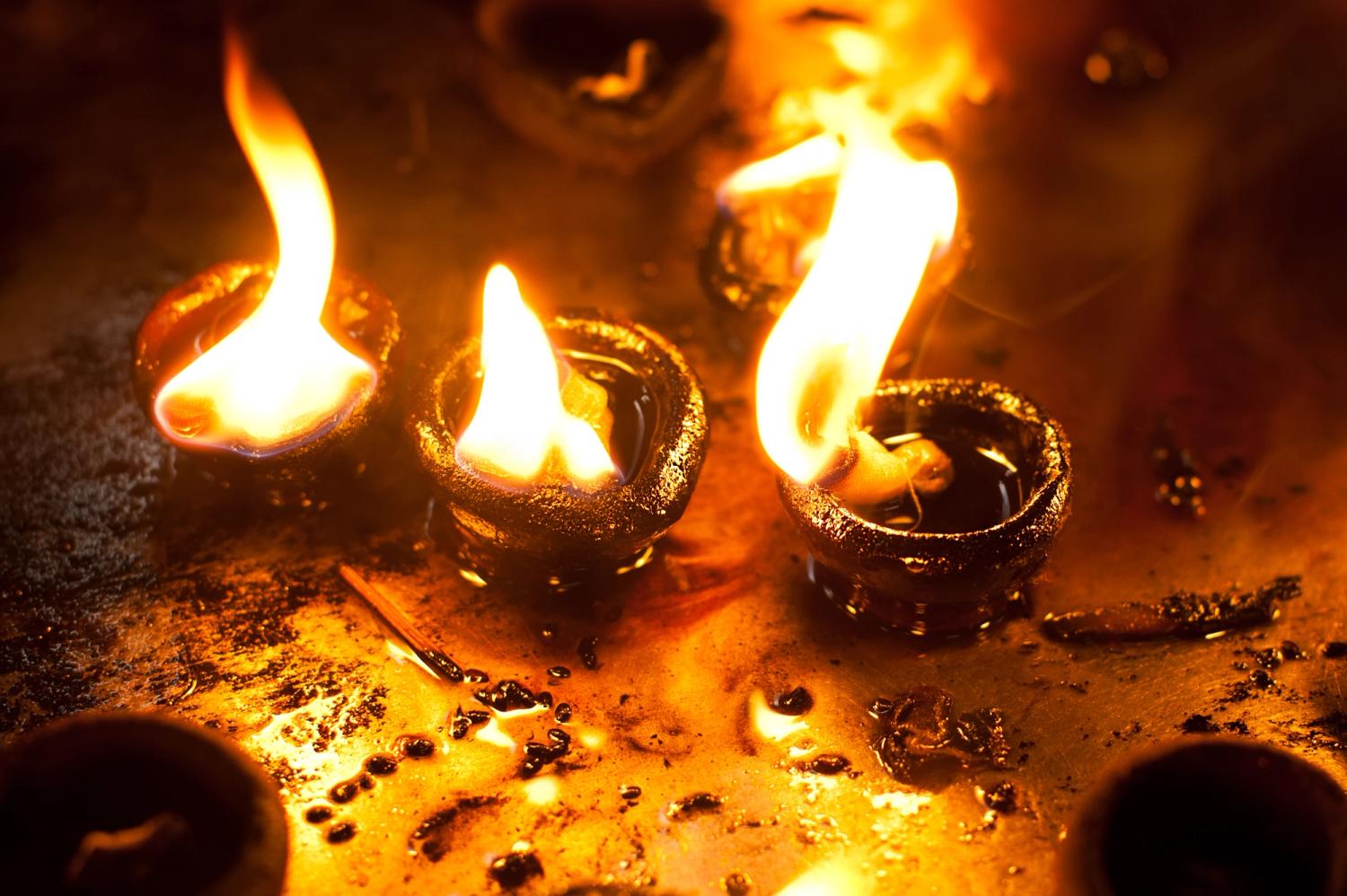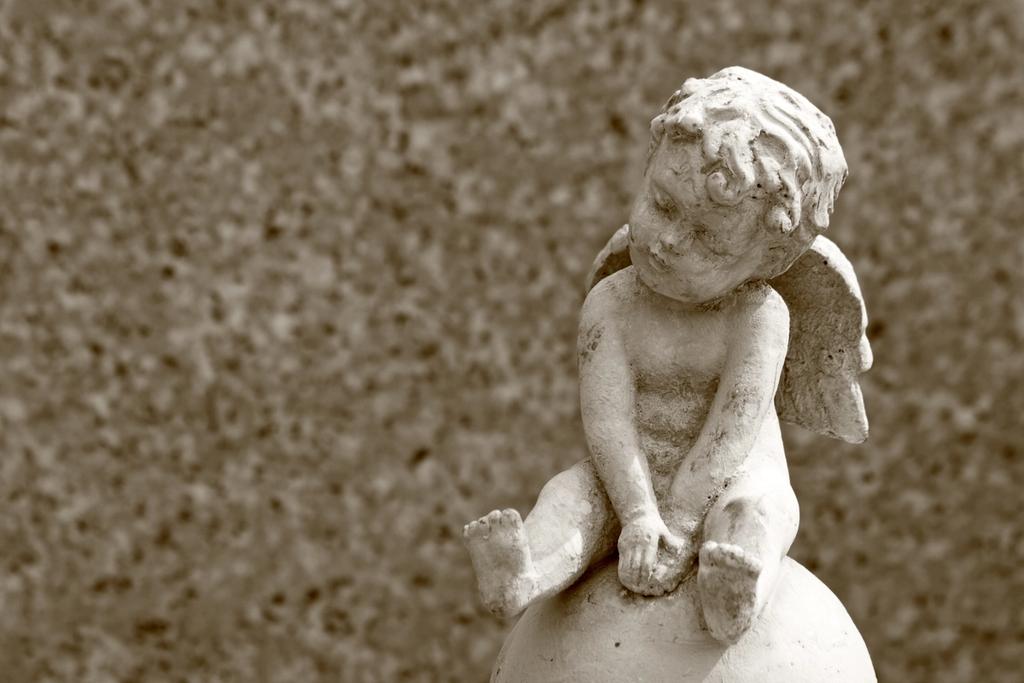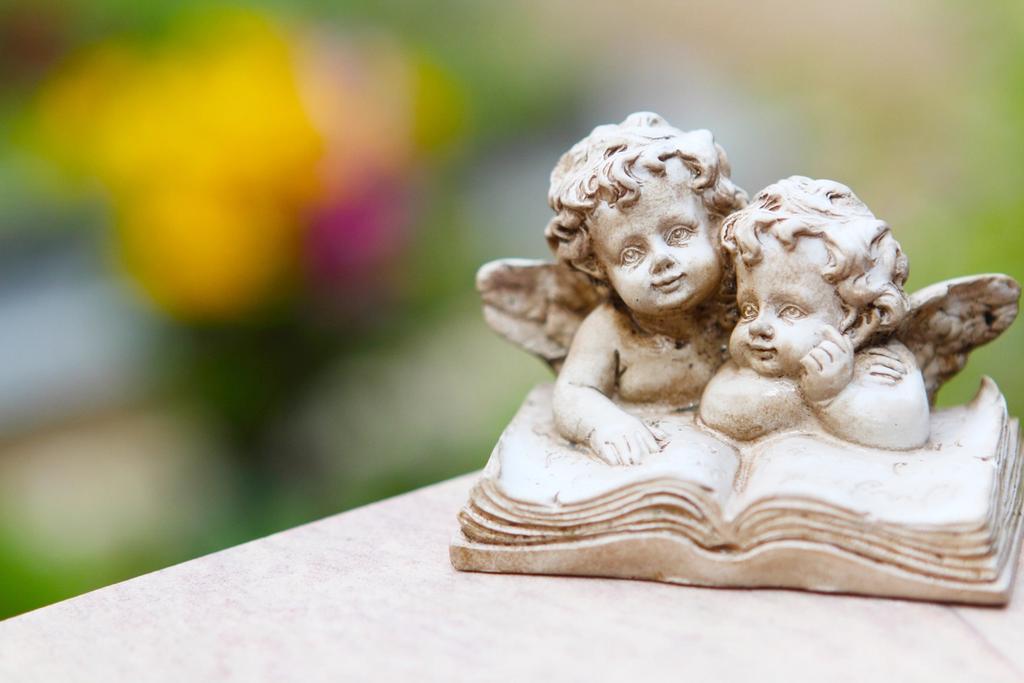Hindu Funeral Traditions
Within Hinduism there are a number of sects, subsects, and regional variations with differing beliefs.

Generally, Hindus believe that life and death are part of the concept of samsara, or rebirth. The ultimate goal for many Hindus is to become free from desire, thereby escaping samsara and attaining moksha, the transcendent state of salvation. Once moksha is attained, the soul will be absorbed into Brahman, the divine force and ultimate reality.
When Death Is Imminent
When a Hindu is approaching death, a priest should be contacted and the priest and the family should gather to be with the dying person. Those present should chant mantras or play a recording of mantras being chanted. When death seems imminent, the body should, if possible, be transferred to a grass mat on the floor. A small amount of water from the Ganges River should be placed in the dying person’s mouth. If this is not possible before death, then these actions should take place immediately following the death.
After Death Has Occurred
As soon as death occurs, those gathered will avoid unnecessary touching of the body, as it is seen as impure.
When To Hold A Hindu Funeral
Preparations for the funeral begin immediately. The funeral should take place as soon as possible—traditionally, by the next dusk or dawn, whichever occurs first. A priest should be contacted and can help guide in the decision-making process and direct the family to a Hindu-friendly funeral home.
Organ Donation
Organ donation is acceptable for Hindus, as there are no Hindu laws prohibiting organ or tissue donation.
Embalming
Embalming is acceptable in Hinduism.
Preparing The Body
Traditionally, the body is washed by family members and close friends. Many Hindu funeral homes recognize the importance of the family washing the body and will allow the family to prepare the body. If this is not possible, the funeral home may wash and dress the body. For the ritual washing, the deceased’s head should be facing southward. A lighted oil lamp as well as a picture of the deceased’s favorite deity should be kept by the deceased’s head. Traditionally, for the “abhisegam” (holy bath), the body is washed in a mixture of milk, yogurt, ghee (clarified butter), and honey. The body may also be washed in purified water. While the body is being washed, those washing should recite mantras. Once the body is sufficiently cleaned, the big toes should be tied together, the hands should be placed palm-to-palm in a position of prayer, and the body should be shrouded in a plain white sheet. If the person who died was a married woman who died before her husband, she should be dressed in red.
Viewing, Wake, Or Visitation Before A Hindu Funeral
Hindus generally hold a brief wake before cremation. The body should be displayed in a simple, inexpensive casket. “Vibuti” (ash) or “chandanam” (sandalwood) should be applied to the forehead of a man, and turmeric should be applied to the forehead of a woman. A garland of flowers should be placed around the neck, and holy basil should be placed in the casket. During the wake, family and friends gather around the casket and may recite hymns or mantras. At the end of the wake, before the body is removed for cremation, many Hindus place “pinda” (rice balls) near the casket. At the end of the wake, the casket is removed feet-first and brought to the place of cremation.
Related Article: Viewings, Wakes, and Visitations.
Cremation
Traditionally, all Hindus—except babies, children, and saints—are cremated.
Traditionally, the casket is carried on a stretcher and walked to the cremation site, though it is acceptable to transport the body in a vehicle. If a vehicle, such as a hearse, is used for transportation, the eldest male relative (known as “karta”) and another male family elder should accompany the casket. It is customary that only men attend the cremation.
Historically, Hindu cremations take place on the Ganges River in India. The family builds a pyre and places the body on the pyre. The karta will circle the body three times, walking counter-clockwise so that the body stays on his left, and sprinkling holy water on the pyre. Then the karta will set the pyre on fire and those gathered will stay until the body is entirely burned. For Hindus living outside of India, there are companies that will arrange for the shipment of the body to India and hold a traditional cremation with a proxy karta.
In the United States, only crematories may cremate bodies. However, most crematories will allow for ceremonies before the cremation and will allow for guests to be present at the cremation itself. Thus, most of the rituals may still be observed. The body should be brought into the crematorium feet-first, ideally with the feet facing south. Those gathered may pray, and then the karta will perform the ritual circling of the body. At this point, the body is ready for cremation, and should be placed into the incinerator feet-first. When the body has been fully cremated, those gathered will return home.
Post-Funeral Reception
Upon returning home, all family members will bathe and change into fresh clothes. Then the family will gather for a meal. A priest may visit the family at home and purify the house with incense.
Hindu Mourning Period And Memorial Events
The day after the cremation, the karta will return to the crematory and collect the ashes. Traditionally, the ashes should be immersed in the Ganges River, though more and more other rivers are becoming acceptable substitutes. For Hindus living outside of India, there are companies that will arrange for the shipment of the cremated remains to India and will submerge the ashes in the Ganges.
The cremation of the deceased marks the beginning of the mourning period, which lasts for 13 days. During this time, the family of the deceased will stay at home and receive visitors, though mourning rituals may differ depending on the community. A photograph of the deceased may be prominently displayed, and a garland of flowers may be placed on the photograph. Throughout the mourning period, the rite of “preta-karma” will be performed, which assists the disembodied spirit of the deceased to obtain a new body for reincarnation.
One year after the death, the family will observe a memorial event called “sraddha,” which pays homage to the deceased. The karta will invite Brahmins, members of the highest caste, to the home and provide them with an elaborate meal, treating them as he would his own parents.
- How To Express Sympathy: What To Say And What...We’ve compiled a list of things to say—and things to avoid saying—when...Read more
- A Quick Overview Of Proper Funeral EtiquetteFunerals are emotionally complex, and knowing how to act can present a...Read more
- Paying Final Bills, Dues, And Estate ExpensesIn order to settle the estate, all outstanding bills and dues that the...Read more
- Funeral Pre-Planning Cheat SheetPlan now, rest later.Read more



